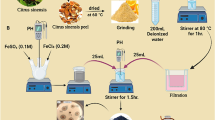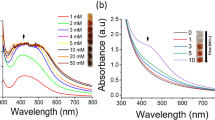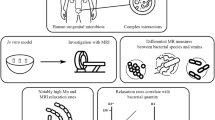Abstract
*Purpose:* To investigate the MR imaging of Bifidobacterium longum and Clostridium novyi-NT labeling with superparamagnetic iron oxide (SPIO) nanoparticles.
*Materials and methods:*
Tubes containing B. longum-SPIO, Free-SPIO, B. longum and PYG Medium were incubated under anaerobic condition in in vitro experiment. Transmission electron microscope and Prussian blue staining were used to demonstrate intra-bacteria nanoparticles. R~2~^*^ mapping and R~2~ mapping were reconstructed after MR scanning. B. longum-SPIO and C. novyi-NT-SPIO were injected respectively in vivo to show whether it might be traced by MR imaging.
*Results:*
Magnetosomes in bacteria were observed by electron microscopic and stained by Prussian blue staining. At the same concentration of SPIOs, the R~2~^*^ value of B. longum-SPIO was significantly higher than that of Free-SPIO (P<0.001), however, the R~2~ value was lower comparing with Free-SPIO (P<0.001). After injection with B. longum-SPIO, they could present in tumor and shorten T~2~^*^.*Conclusion:* B. longum and C. novyi-NT could be labeled by SPIO and then traced by MRI.
Similar content being viewed by others
Article PDF
Author information
Authors and Affiliations
Corresponding authors
Rights and permissions
About this article
Cite this article
Wang, J., Zhang, X., Zhou, D. et al. Magnetic Resonance imaging (MRI) in detection of Bifidobacterium longum and Clostridium novyi-NT labeled with superparamagnetic iron oxide (SPIO) nanoparticle. Nat Prec (2009). https://doi.org/10.1038/npre.2009.3435.1
Received:
Accepted:
Published:
DOI: https://doi.org/10.1038/npre.2009.3435.1



